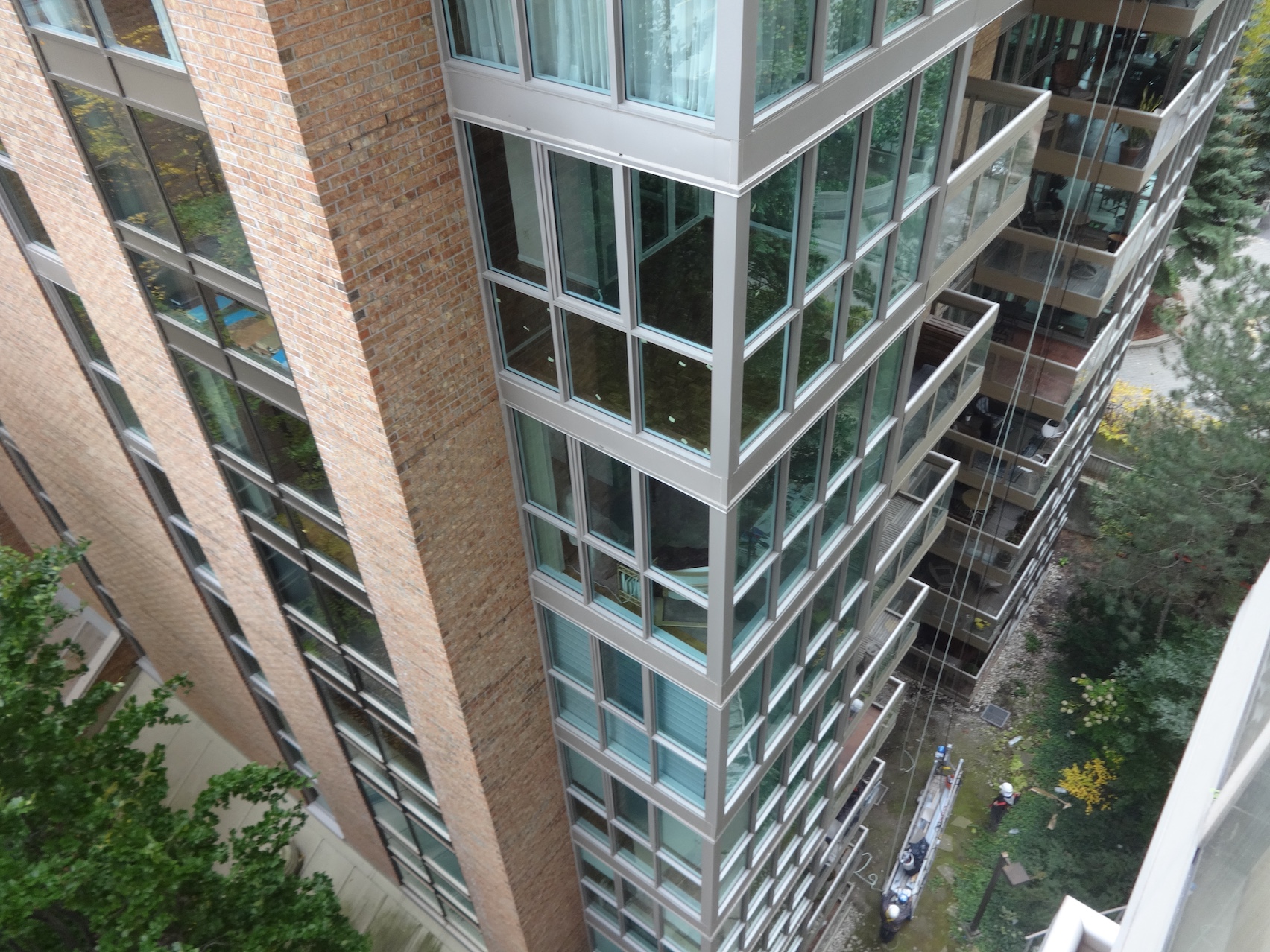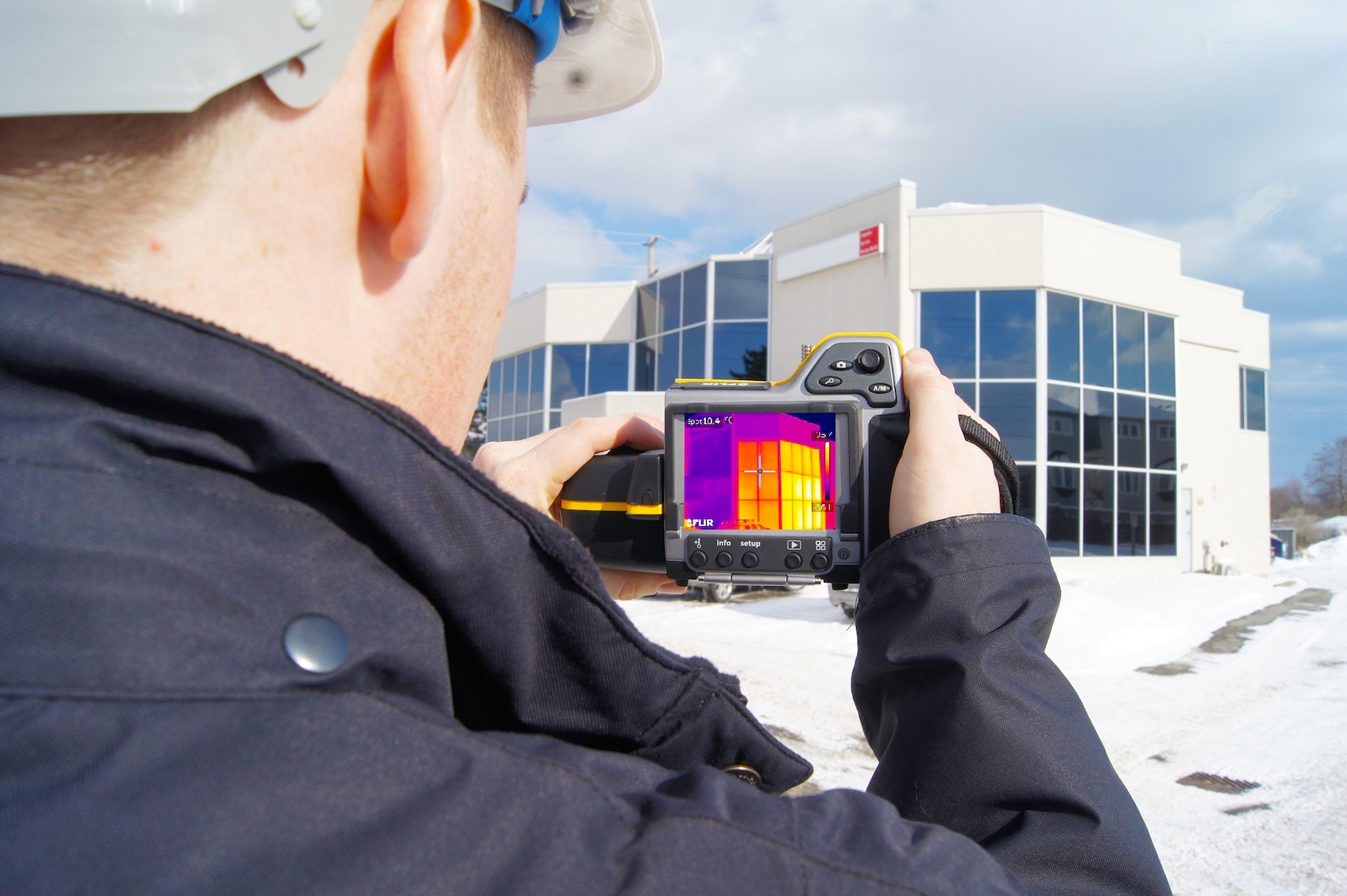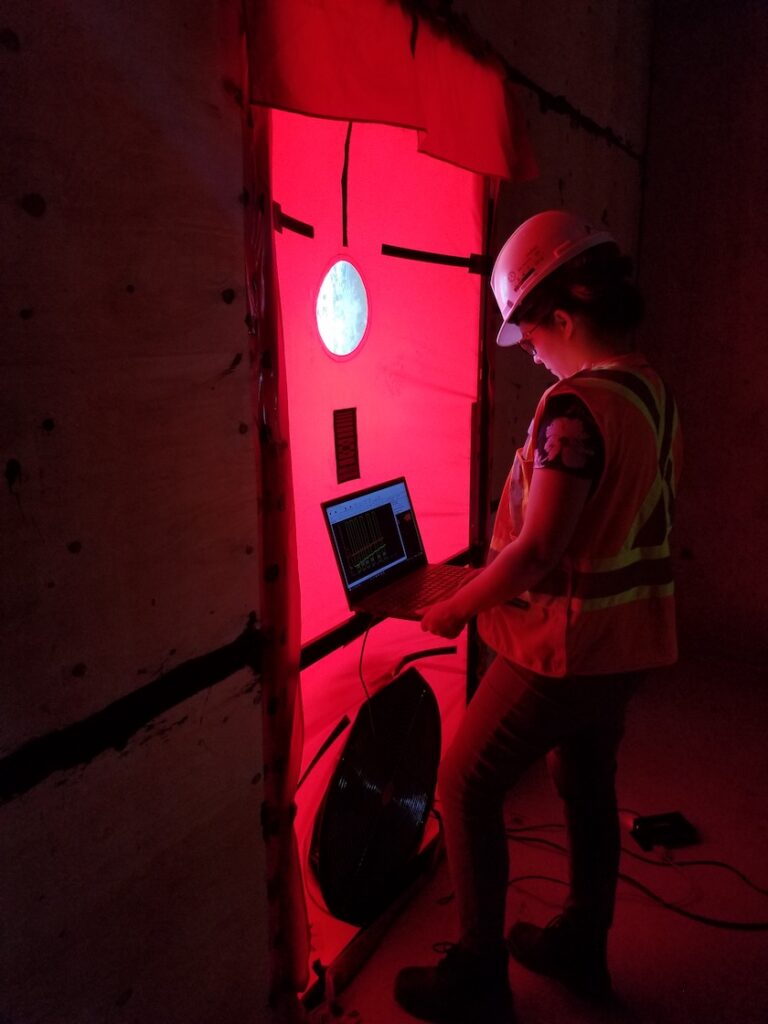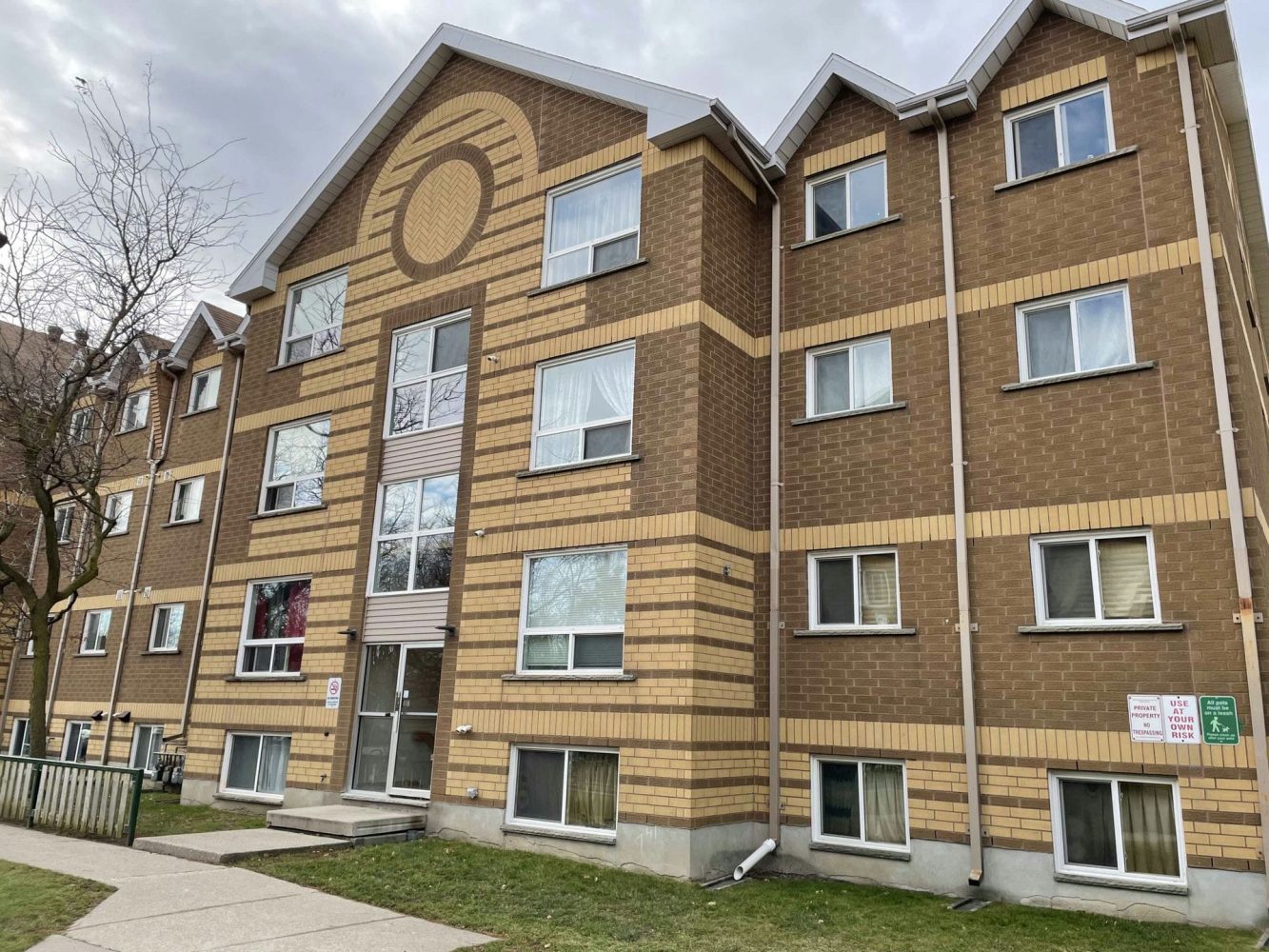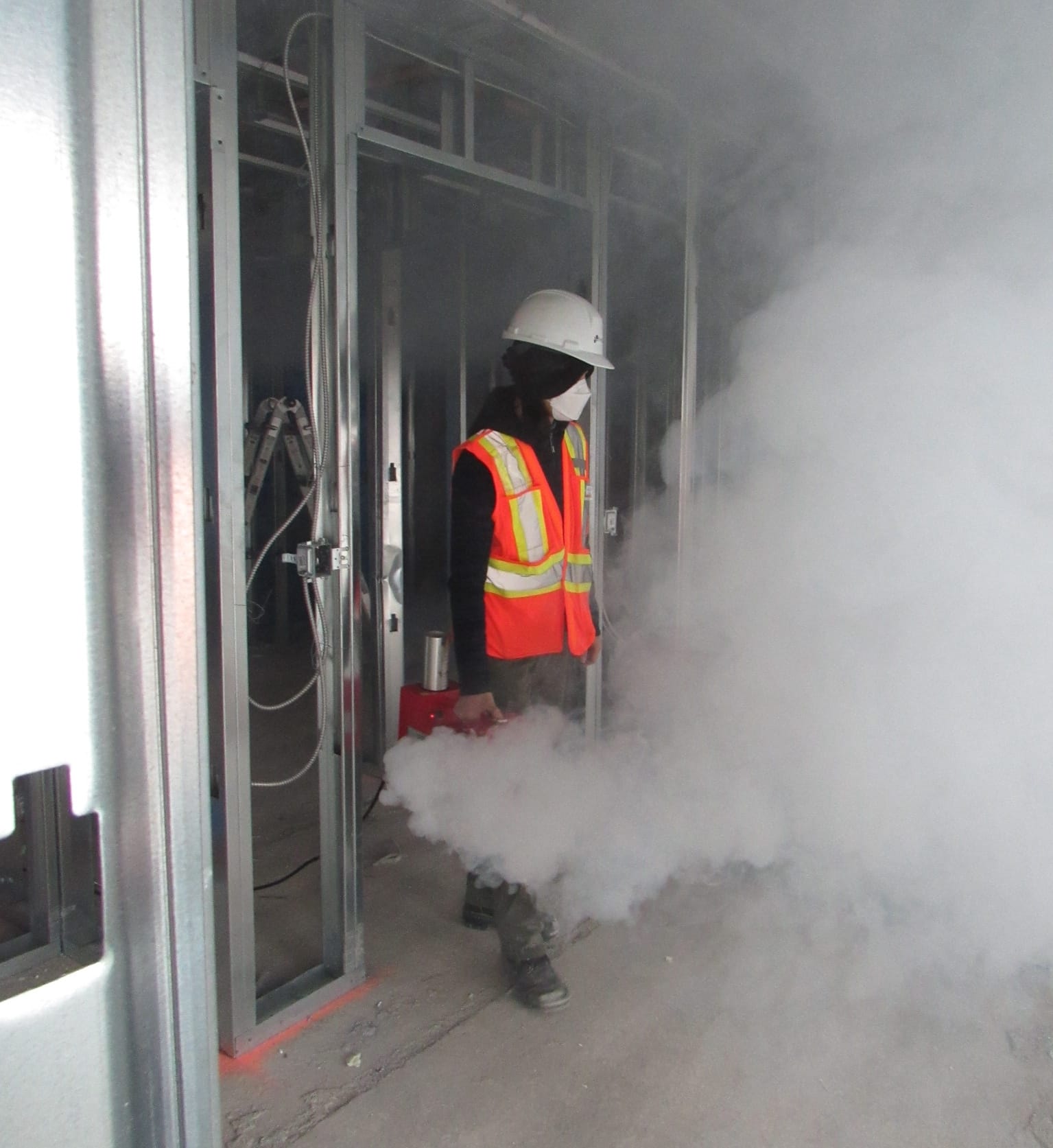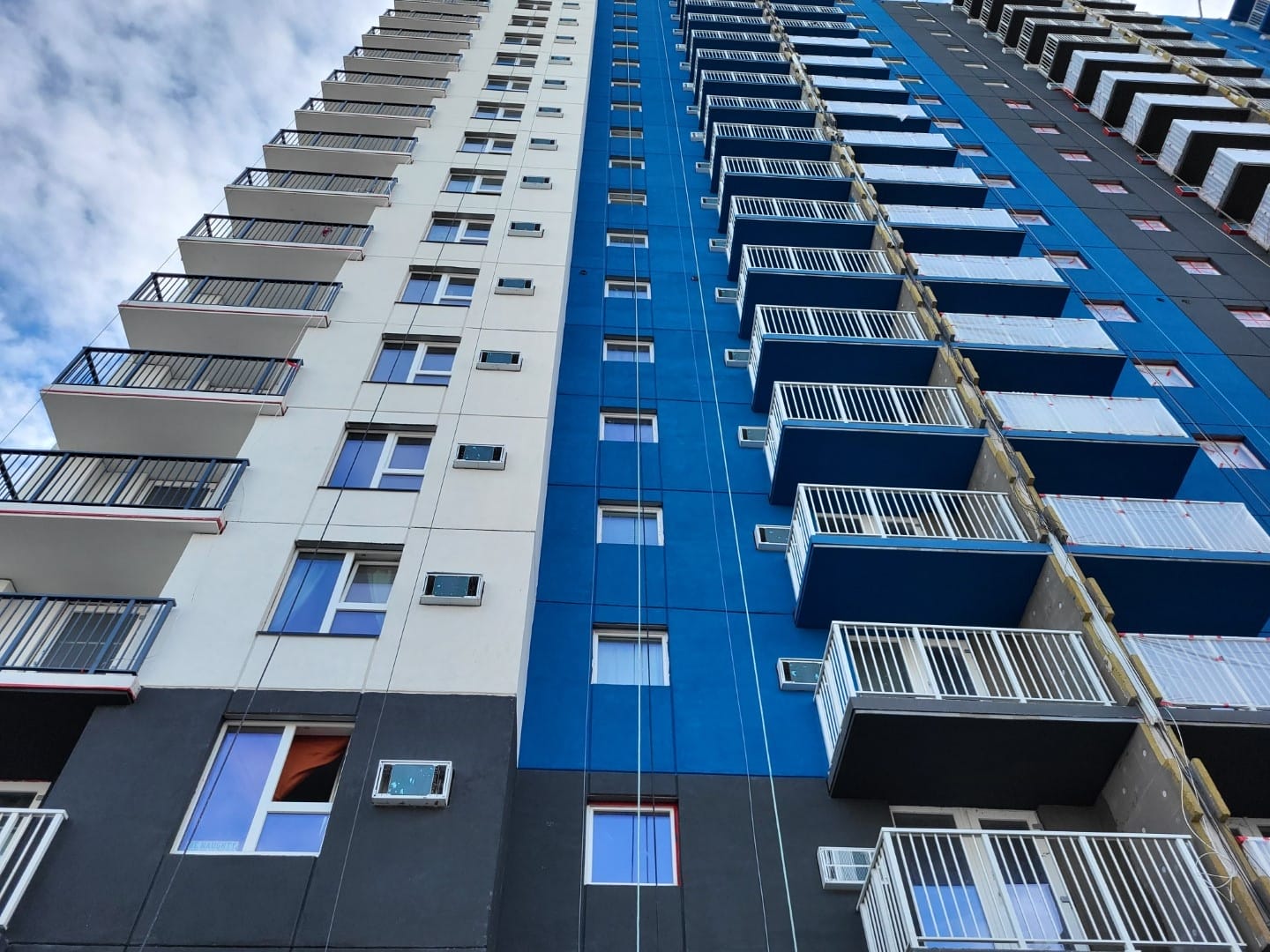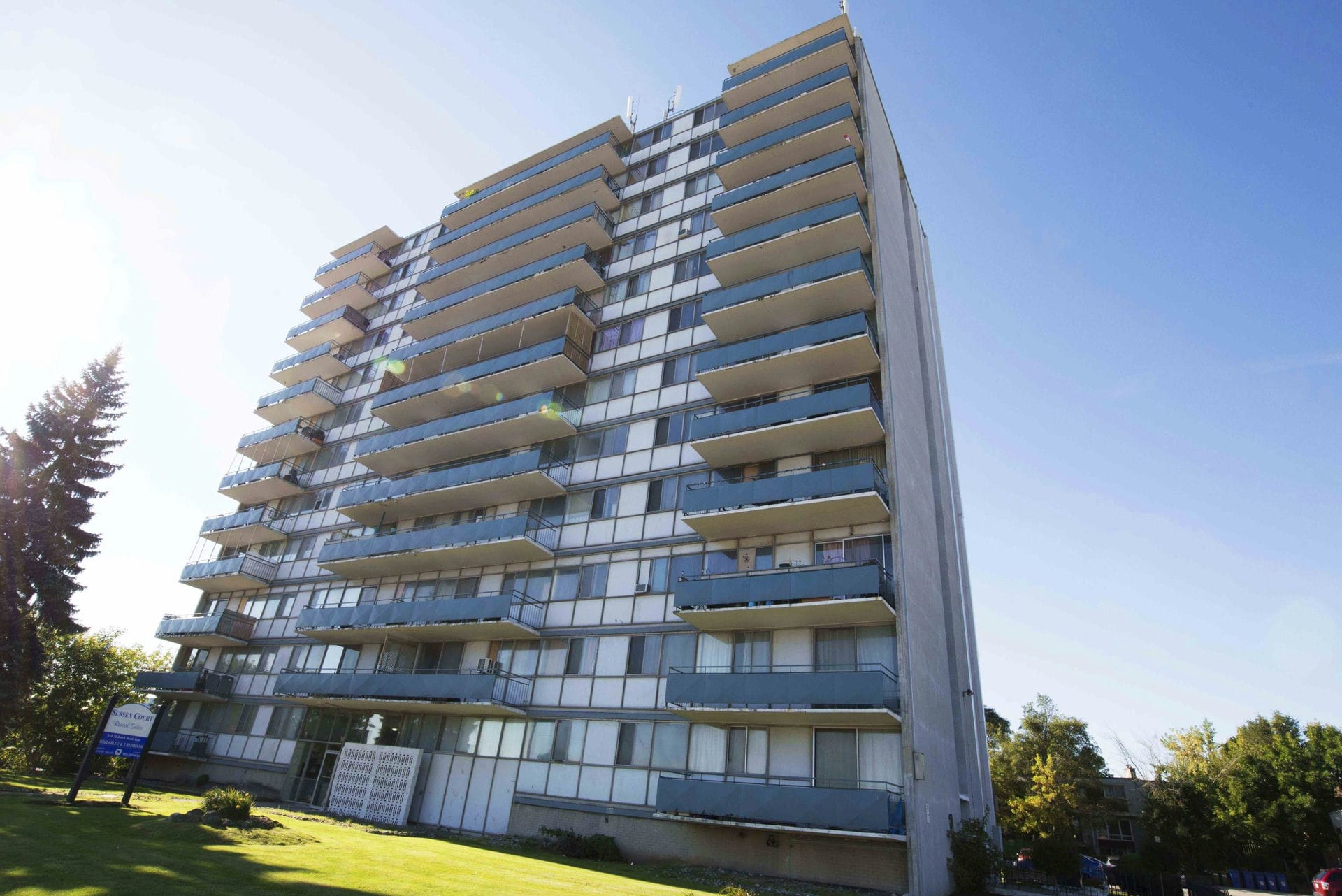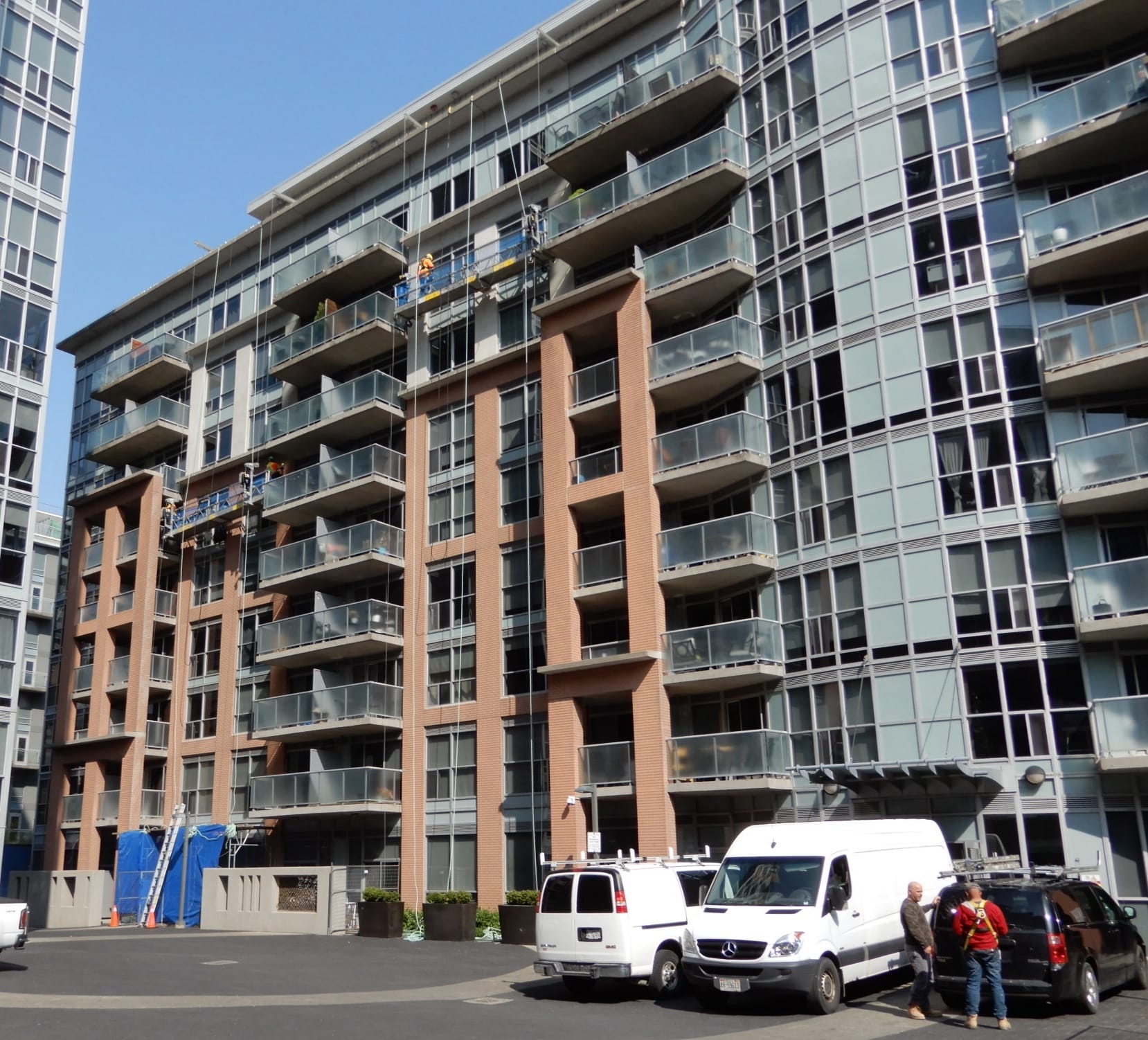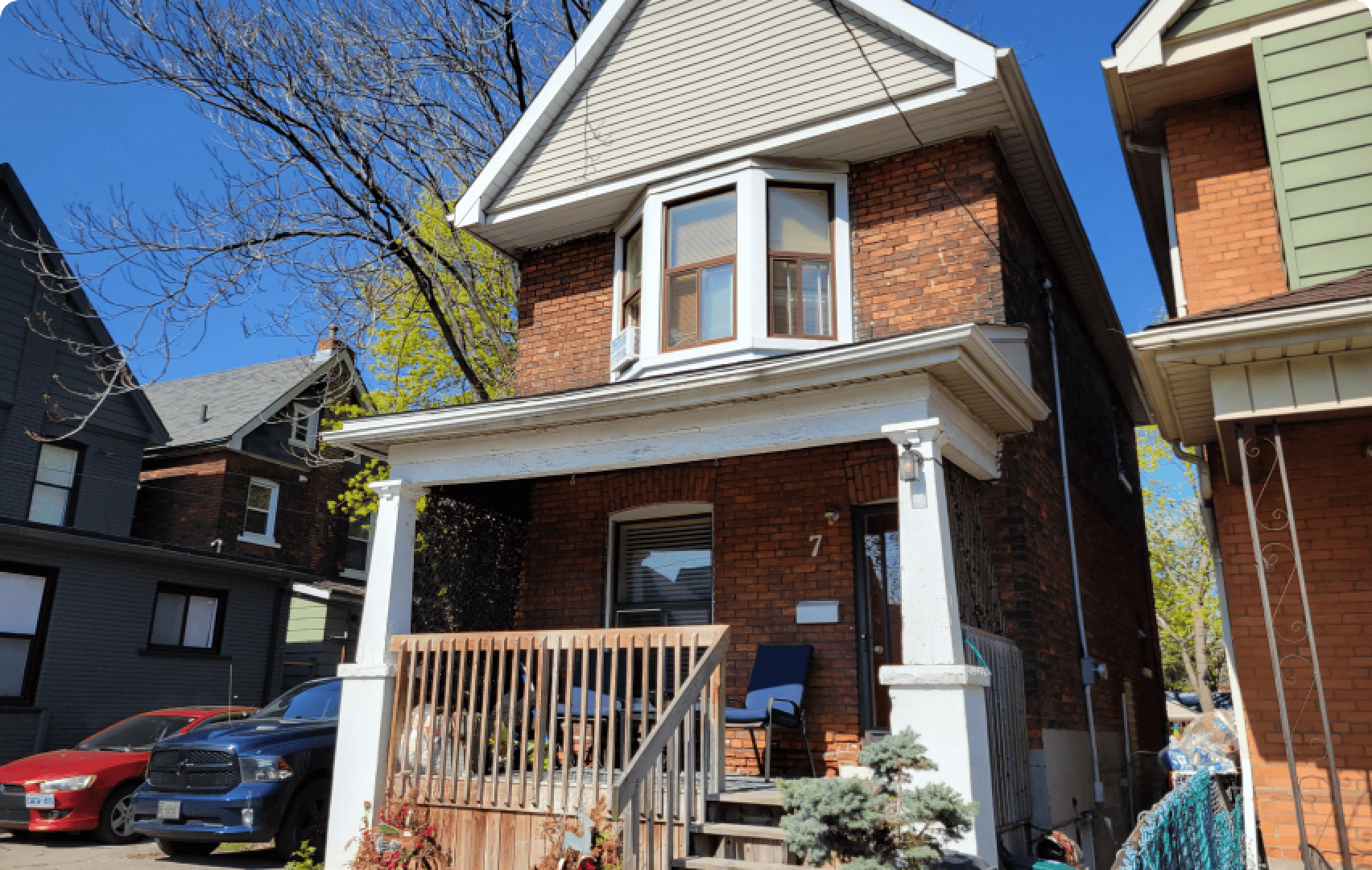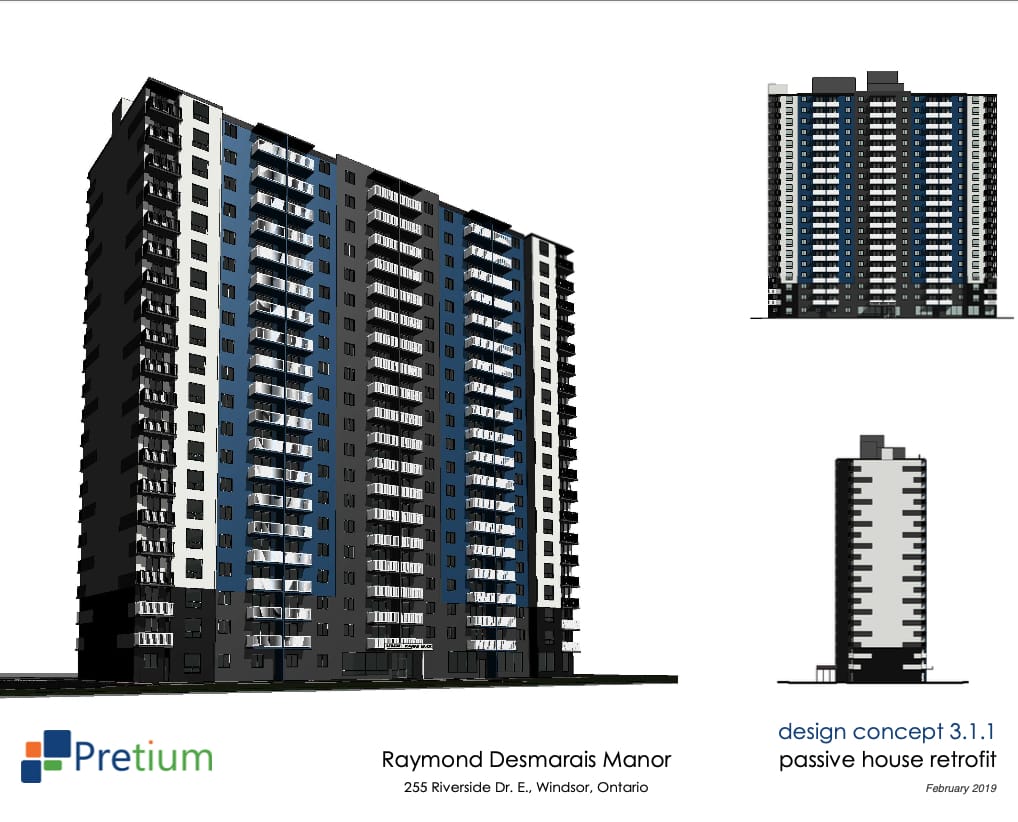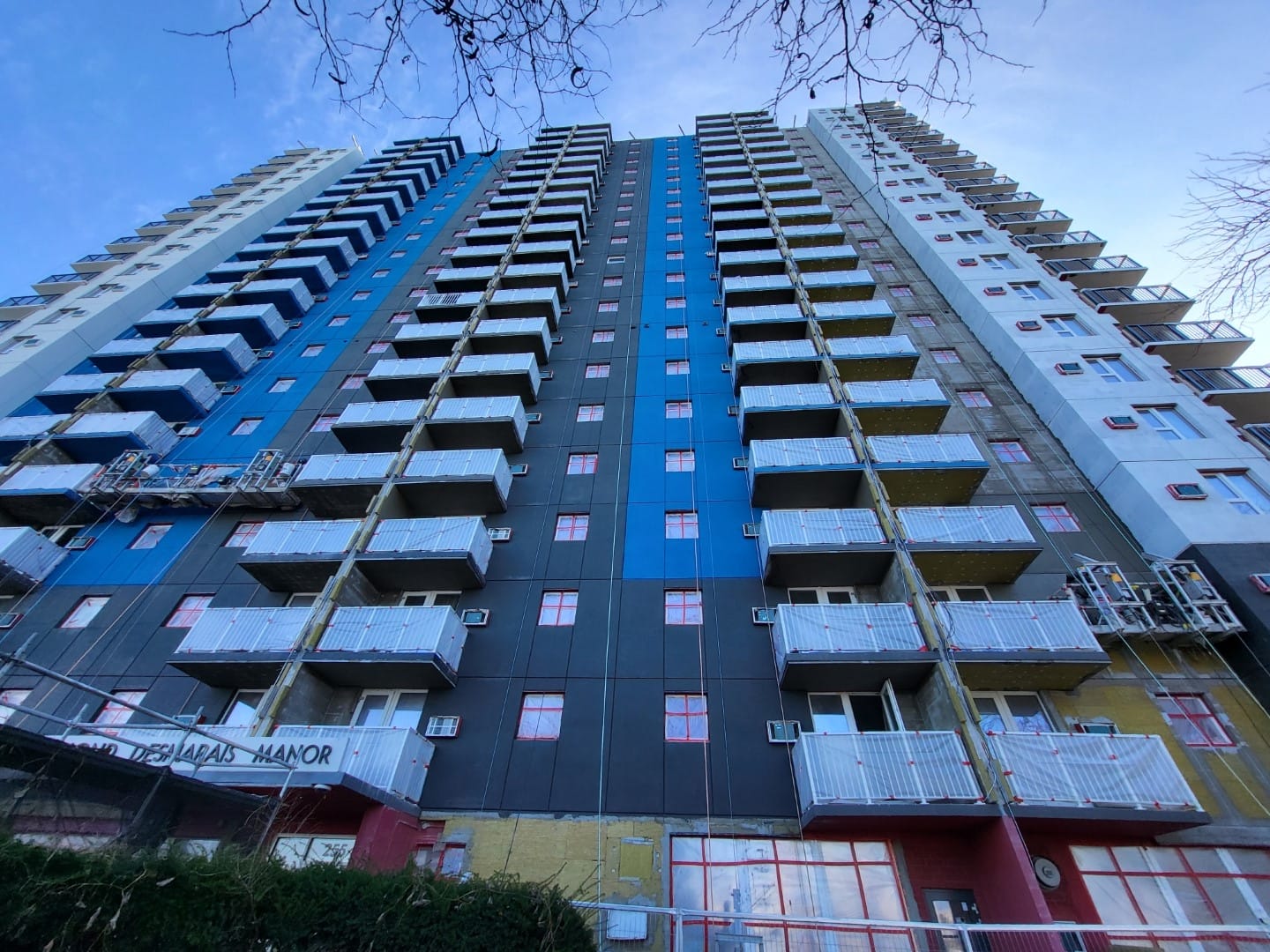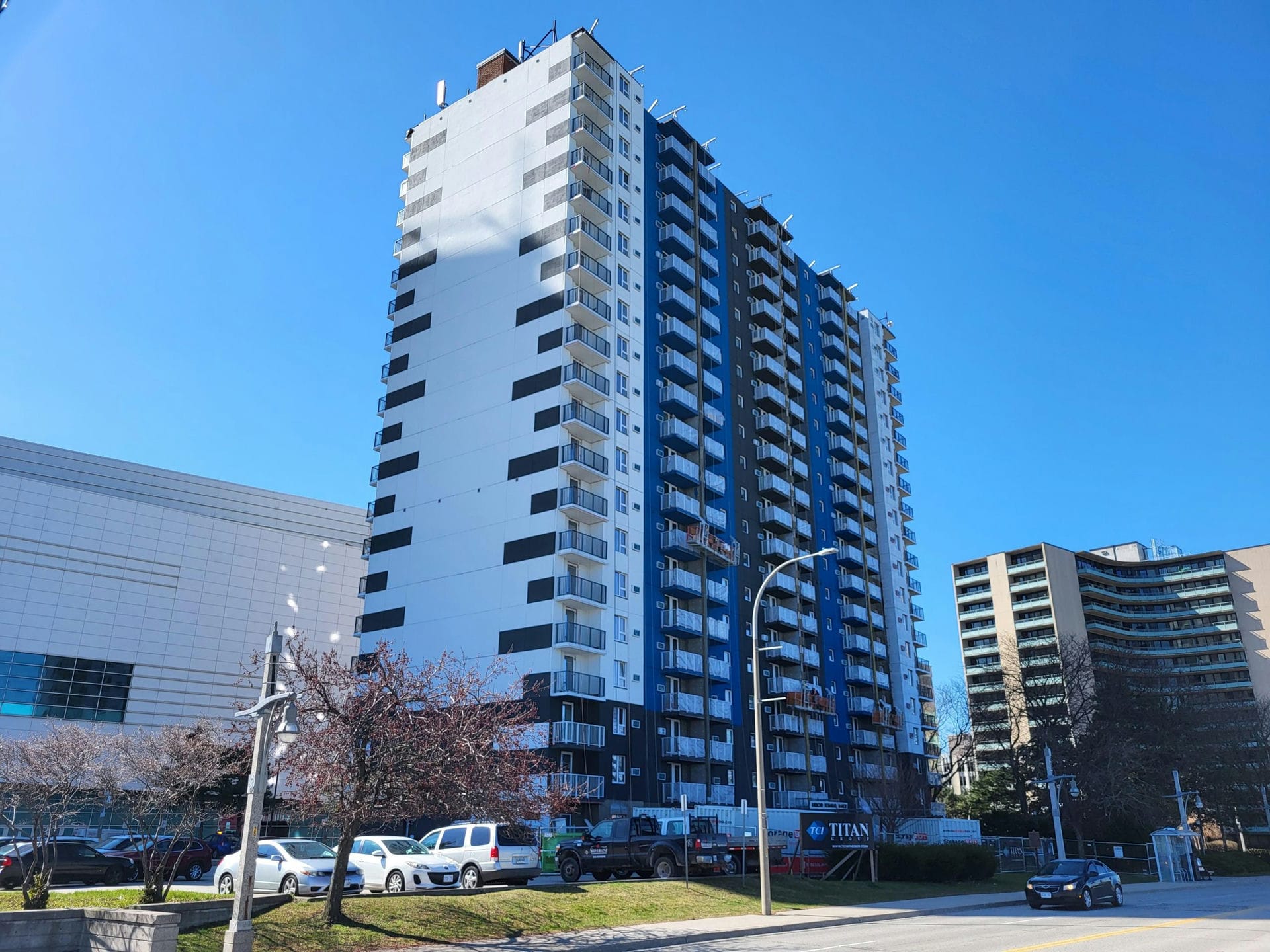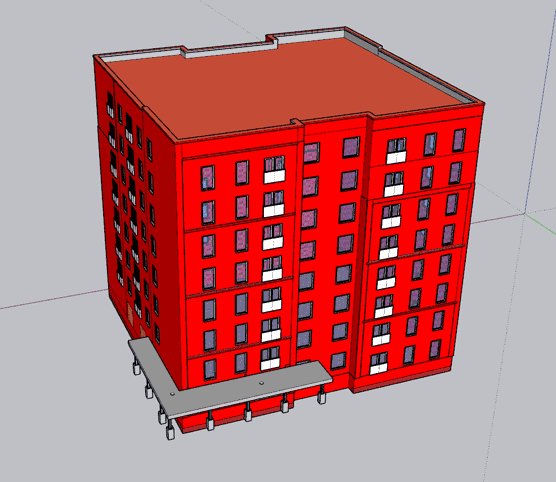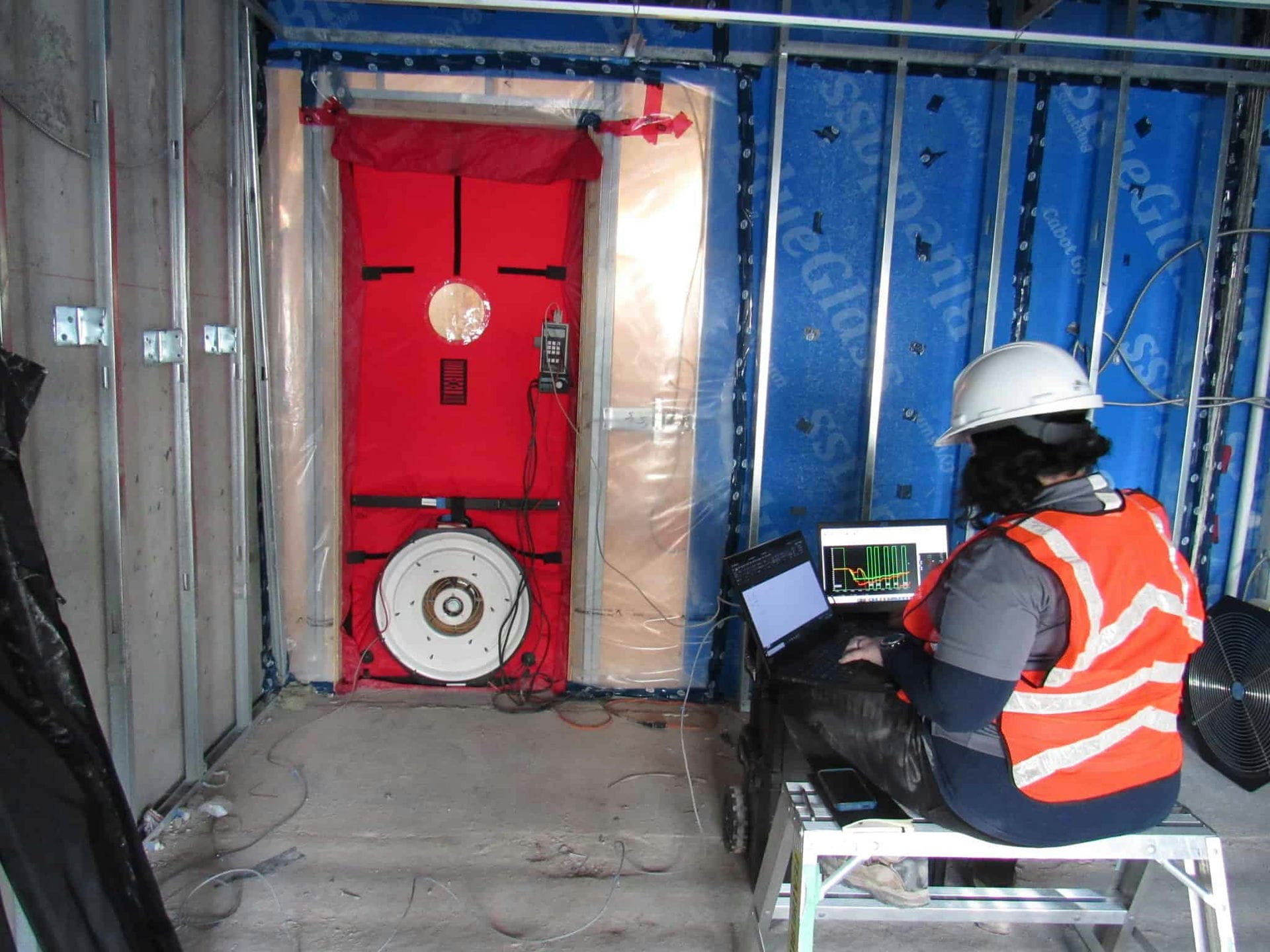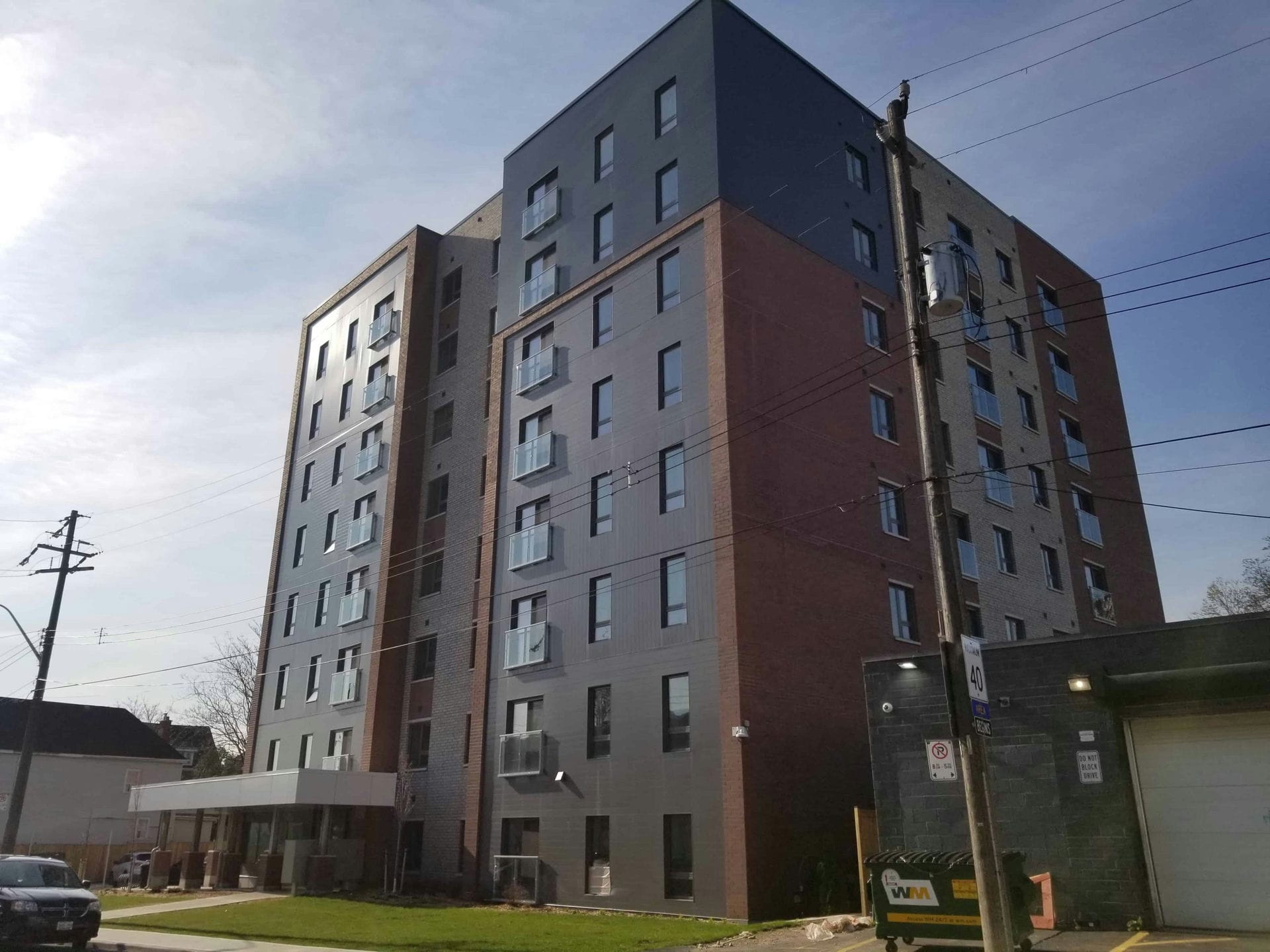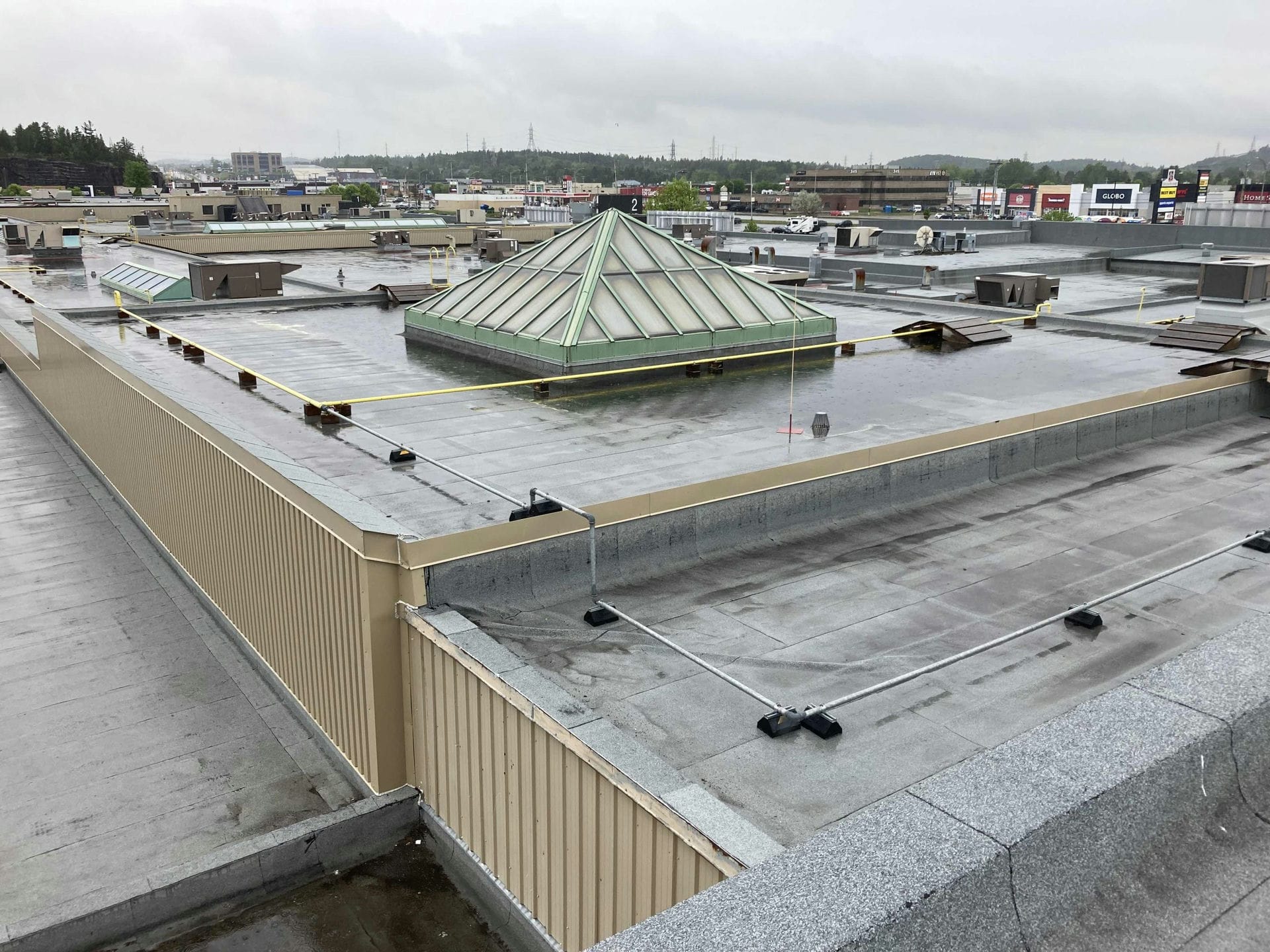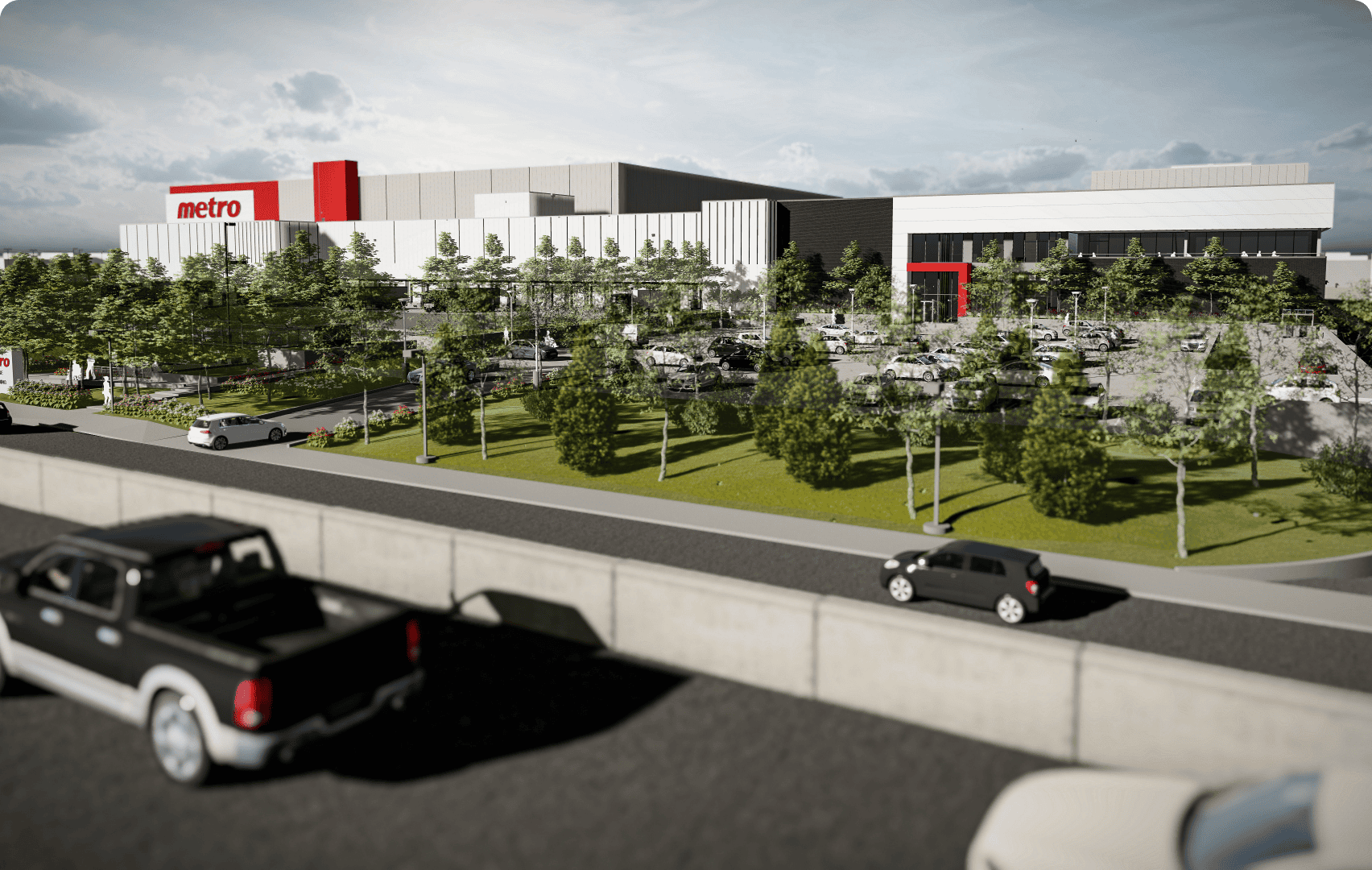Multi-Disciplinary Engineering Teams: Why It’s Always Better When We’re Working Together
How a Multi-Disciplinary Engineering Team Helps Deliver Successful Projects
When a building owner sets ambitious goals—like cutting energy consumption by more than 50% and reducing greenhouse gas emissions by 85%—those results don’t happen by chance. They require a team of specialists, like a multi-disciplinary engineering team, working side by side, who can tackle every angle of a complex retrofit in-house.
The Power of a Multi-Disciplinary Engineering Team
At Pretium Engineering, we bring mechanical, electrical, structural, building envelope, and energy modelling expertise under one roof. This breadth of capability makes us a true one-stop shop for engineering needs—whether it’s restoration, deep energy retrofits, or new construction.
Instead of juggling multiple firms and consultants, our clients benefit from seamless collaboration. When our teams work together from the outset, we’re able to:
- Streamline Project Delivery
With all disciplines in-house, communication is direct and ongoing. This avoids the delays of coordinating across external consultants and keeps projects moving smoothly from concept to construction. - Reduce Surprises and Extra Costs
Our engineers share a common understanding of the project scope, so design conflicts are resolved early—before they lead to costly change orders during construction. - Deliver Better Long-Term Performance
By coordinating envelope and mechanical solutions alongside structural and electrical considerations, we design strategies that improve durability, optimize efficiency, and meet evolving performance standards such as Passive House, B19, and Energy and Water Reporting and Benchmarking requirements.
Simply put, our multi-disciplinary engineering team’s approach means fewer gaps, fewer headaches, and better outcomes.
Case Study: 71 Sanford Avenue, Hamilton
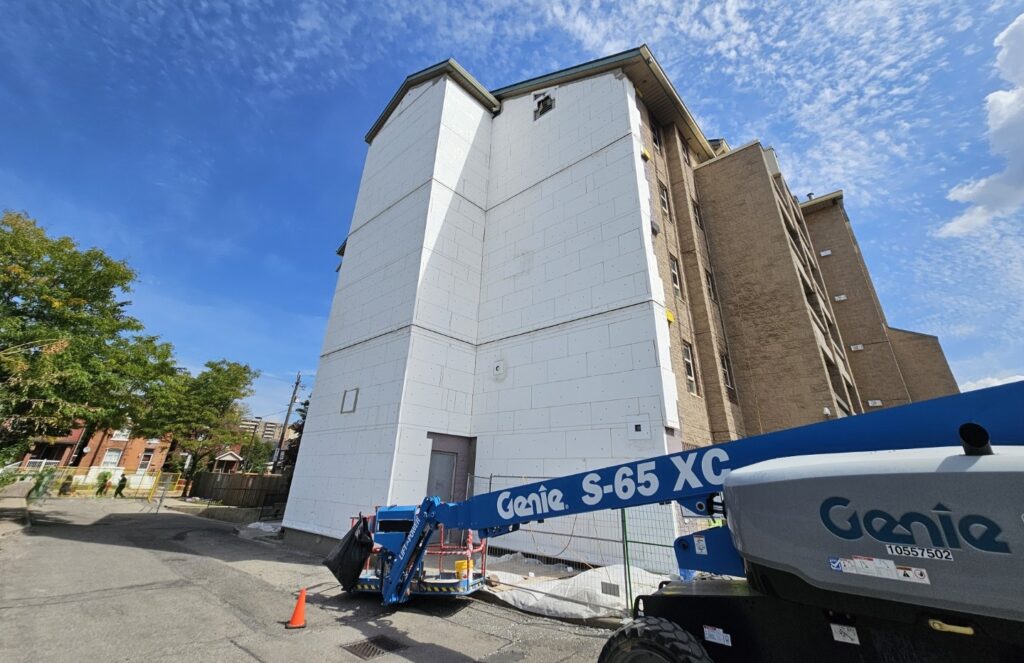
A strong example of Pretium’s multi-disciplinary approach is the deep energy retrofit underway at 71 Sanford Avenue North, a six-storey, 57-unit non-profit housing complex built in 1993. In addition to the residential units (six one-bedroom and 51 two-bedroom suites), the ground floor includes 10 assisted-living rooms leased and operated by others. The building’s total area is approximately 69,500 ft² (6,450 m²), excluding the underground parking garage. Major mechanical systems—including heating boilers, domestic hot water boilers, and a make-up air unit—are housed in a rooftop penthouse, with additional mechanical and electrical spaces located in the basement.
For this project, our team began with a detailed review of all drawings and design documents. Using the IES Virtual Environment software platform, our in-house energy modellers developed a comprehensive whole-building energy model to evaluate a range of energy conservation measures (ECMs). The goal was to identify a package of measures that would achieve the Canada Greener Affordable Housing (CGAH) program requirements: a 70% reduction in site energy use and an 80% reduction in GHG emissions, relative to pre-retrofit performance.
Once a compliant retrofit package was established, Pretium prepared full design and bid documents for the proposed measures. Our role continues beyond design: we are now providing contract administration and construction review services for the construction/implementation of all scopes, ensuring quality and performance are maintained from concept to completion.
Building Better Together
Deep energy retrofits are some of the most technically challenging projects in our industry. Success depends on collaboration across disciplines and a unified strategy from start to finish.
At Pretium, we don’t just coordinate between specialties—we integrate them under one roof. This gives our clients peace of mind, knowing they have a single, multi-disciplinary engineering team managing their project with the technical depth, problem-solving capacity, and accountability needed to deliver exceptional results.
Because in the end, it’s always better when we’re working together.


